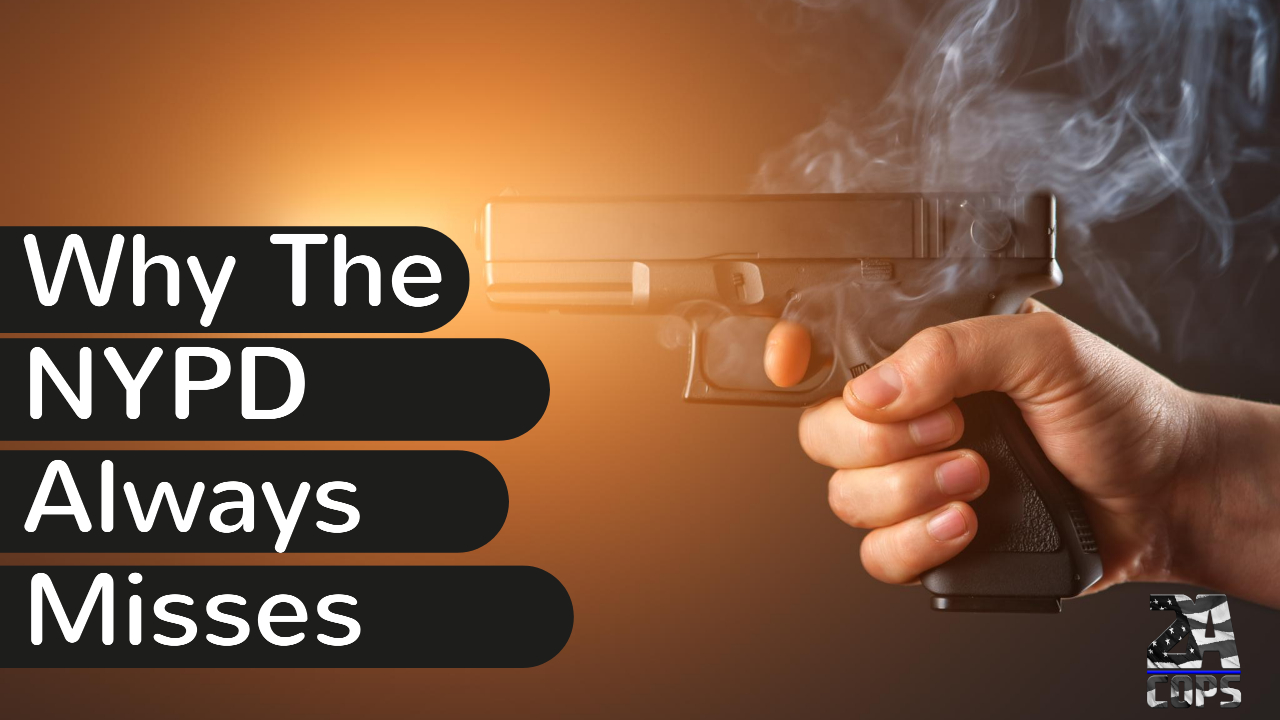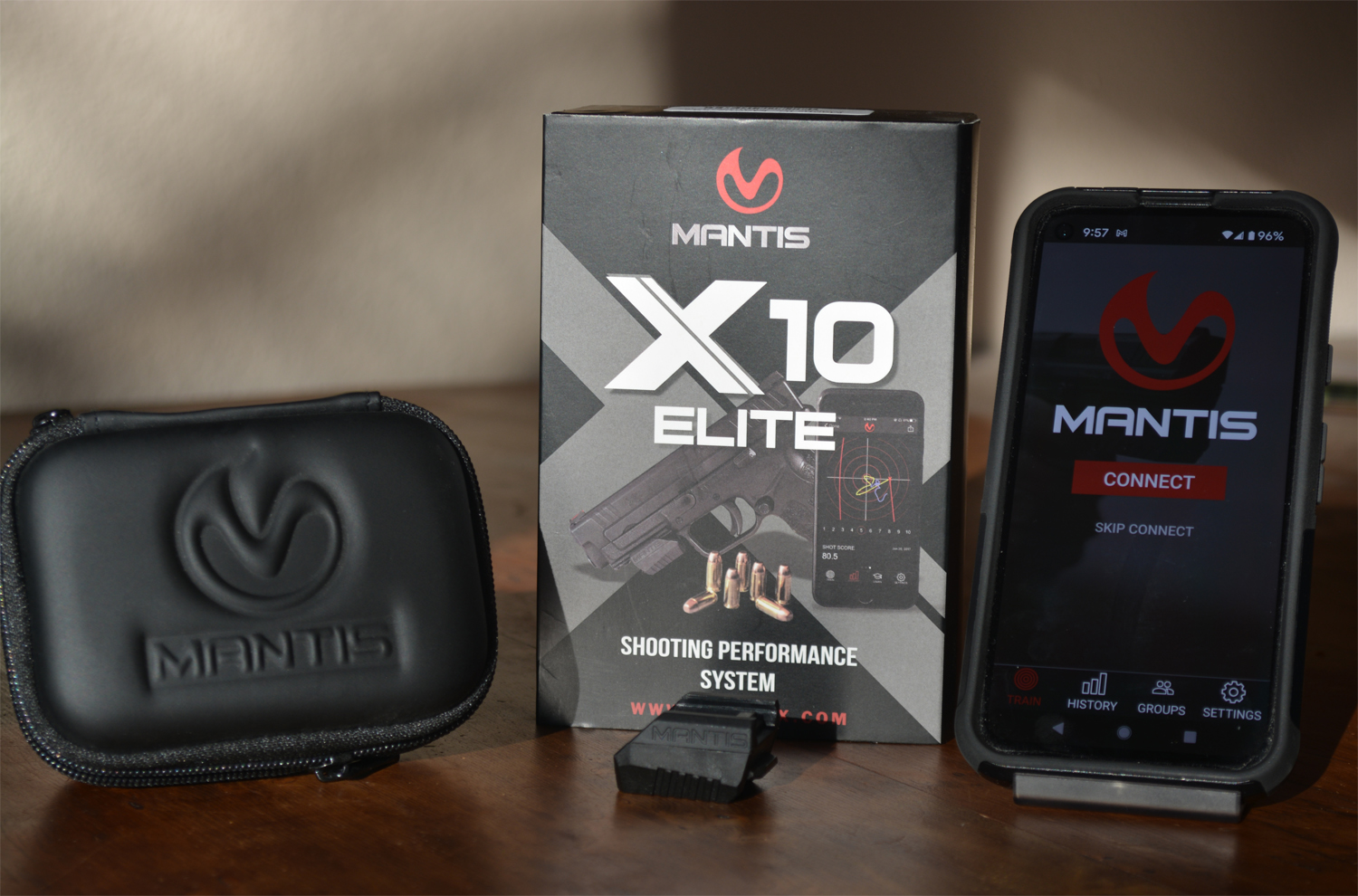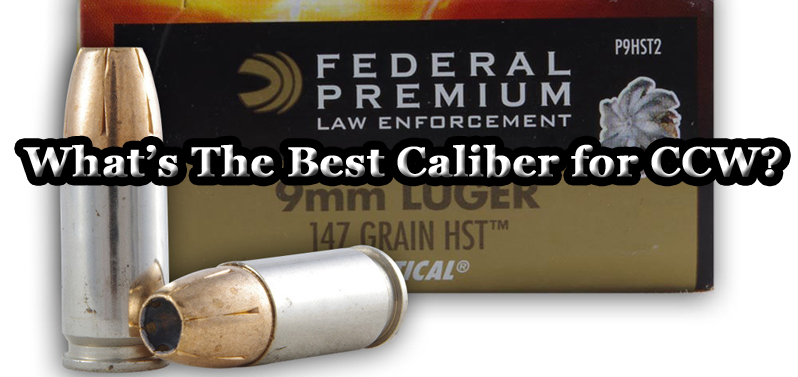If you are new to the world of handguns, you might have some questions about holsters. As a guy who has carried a gun for more than 20 years, both concealed and open, I get asked for holster advice quite often.
Generally speaking, a holster serves three main purposes: 1) it keeps the gun available to the wearer should it be needed, 2) it protects the gun from loss or damage, and 3) it protects the user and those around them from an accidental discharge. There are lots of stories of people unintentionally shooting themselves or others when they accidentally (or negligently for people who want to argue semantics) pulled the unprotected, uncovered trigger of the gun they threw loose in their pocket or tucked in their waistband.
Holsters are being made by hundreds of companies who offer thousands of different holsters. Some are good, some are okay, and some are an absolute waste of money. If you plan on carrying a handgun, here are some basics you should consider before buying a holster.

Concealed or Open
The first thing you should think about when trying to figure out what holster to buy is whether or not you will be carrying the gun concealed or out in the open. The pros and cons to both forms of carry often bring about lively discussions with proponents of each usually digging their heels into the ground. This piece is not intended to bring up that argument, but the decision about how you plan to carry your firearm in is extremely important to make before you dump a bunch of money into your holster. While I personally am not a fan of open carry for daily use while out in public, there are times and places where it makes more sense, or is even required, to have the gun not concealed.
Most modern holsters designed for open carry are intended to be worn on the strong side hip. A holster for use at the range, while hunting, or in my case, for use at work in a non-uniformed position does not need to fit as snugly to the body as a holster designed to conceal the handgun, which makes the gun more readily accessible. However, that accessibility goes both ways, because while it is easier for you to draw, it is also easier for someone to see and try and take the gun away from the wearer, which brings us to retention.
If the holster and gun are going to be worn out in the open, the holster should have some extra retention built into it. There are all sorts of retention mechanisms, and everyone has their preference.
In addition to a solid retention device, if you plan on open carrying, I would highly recommend learning and practicing handgun retention techniques so that in the event some person tries to take your gun, you have an idea of how to prevent that from happening.
On the other hand, concealed carry holsters are designed to help hide the firearm making it harder for others to tell that you have it. They hold the gun in closer to your body to help hide it, which makes the initial draw a little more difficult than with a holster designed for open carry. Retention devices are typically less complicated on a concealed carry holster and are more designed to keep the gun from being accidentally dislodged as opposed to trying to prevent someone from taking the gun away from you, because if it is properly concealed, no one should know you have it and therefore, no one will be trying to take it away from you.
Where On Your Body to Carry
Another consideration for concealed carry holsters is where you plan on carrying the gun on your body. There are holsters designed for concealment that are meant to be worn inside the waistband (IWB) and outside the waistband (OWB), on the strong side hip, at the small of the back, in a crossdraw configuration, in a pocket, in the appendix carry position (front waistband area), shoulder holsters, ankle holsters, there are belly bands and compression type shirts with built in holsters, apron type holsters that are worn under the pants in the front and for women, there are even bra holsters. I am old enough and have been carrying long enough to have even carried my full size Sig in my bitchin’ quick draw fanny pack (pictured next to some horrible generic IWB holsters), which are thankfully no longer fashionable, but in the mid ’90s, they were cool.

There are lots of schools of thought on where the best place to carry a gun is, but like everything else in life, what works well for some does not work well for others. I have tried all of the aforementioned options, except the bra holster, and I have found that the strong side is my preferred place to carry. It is instinctive for me, as all of my range training has always had my gun on my right hip. Knowing that in times of stress, we often revert to what we have practiced, I choose to wear my gun right where my hand automatically goes to look for it. That is not to say I don’t still use an appendix holster from time to time, but that is only when it is necessary based on my attire, the gun I am carrying and where I am going.
There is another common method of carry that mainly applies to women, and that is the gun purse. There are numerous companies out there that make purses with concealed compartments in them that are designed to hold a handgun. I am not a woman, so take this opinion with a grain of salt, but I am strongly opposed to anyone carrying their primary self-defense weapon in the item that is the most likely target of a theft.
My reasoning is this, should you choose to carry one, your handgun is your primary life saving tool. It makes the most sense to have that tool on your body so that no matter what happens, it is available to you. If a thief were to snatch your purse off your shoulder or arm, there goes your gun. If you are going shopping, you cannot be lazy and set your purse in your shopping cart (you should not do this anyway from a crime prevention standpoint, but that is another story). If you were to get carjacked, you are not going to have time, or be allowed to grab your purse. From a personal defense standpoint, if you are carrying a gun it should be on you at all times, not somewhere nearby.
Holster
Materials
Holsters are made from just as many materials as
there are holster designs. Some of those materials last longer than
others, some are more comfortable, some protect the gun better, and
some just look better.
Leather is probably the oldest of those holster materials. A well made leather holster will last a very long time, and if properly cared for, will look good and function well for many years, if not decades. I have a leather gun rig for a Colt SAA that is well over 100 years old, and it is still serviceable, although I choose not to wear it for fear of damaging it. To some folks, myself included, there is nothing better looking than a really well made leather holster. That said, leather does have some drawbacks. It is susceptible to water damage, including your own perspiration. Moisture will not only damage the holster, but it can also damage the gun inside the holster. I carried leather IWB holsters for a long time, and during the hot summer months where I live, the holster would become saturated with sweat which would in turn, cause surface rust to appear on the more susceptible parts of the gun as sweat contains salt which causes rust to form more quickly.

Kydex© (a type of plastic) and some other proprietary plastics are probably the next most common materials used in modern holsters. They can be had in any color of the rainbow, and are even available with different designs on them. They are tightly molded to the specific model of gun they are designed for, and for different accessories that might be installed on the gun such as a flashlight or laser, and they are very durable. They are completely impervious to moisture damage and in an IWB design, they are much better at maintaining their shape when the gun has been removed, making it easier to re-holster the gun. These holsters do have some drawbacks too. Some people find them uncomfortable because the plastic is not comfortable against the skin, or the rigid shape puts pressure on a sensitive part of the body. The tough nature of the material can also case wear damage on the firearm, but that depends on the finish and the quality of the particular holster.
Soft synthetic materials are becoming more common as a replacement for leather. The specific material varies by manufacturer, so the durability will also vary. The plus to these synthetics is that they offer a softer option when compared to Kydex© or plastic, but they are not susceptible to moisture damage like leather. Some of them are even specifically designed to have moisture wicking properties to both keep the wearer more comfortable and to protect the gun from sweat damage.
Fabric is used in some of the apron style IWB holsters, as is spandex and other elastic materials for belly bands or compression style shirts with holsters built into them. While these different holster alternatives offer extremely good concealment, they do have some drawbacks. They do not offer much in the way of protection from moisture, and due to the nature of their designs, re-holstering is not a simple task. Additionally, these designs, due to the flexible nature of the materials they are made from, do not offer as much protection of the trigger as the other materials used in more traditional holster designs.
Hybrid holsters are made by a number of companies and combine multiple materials. This style of holster combines Kydex© and some other material, most often leather, but some manufacturers have used other synthetics. Generally speaking, the leather or other synthetic material is on the inside of the holster and is what makes contact with your skin, while the Kydex© forms the compartment for the gun.
My Preferred Holsters
Having carried a gun for nearly a quarter of a century, I have tried lots of holsters. As a perpetual cheapskate, I have tried some really cheap holsters, and more often than not, they are nothing but a complete waste of money. I quite literally have a giant 66qt plastic storage bin filled with holsters that I do not use, or at least not regularly. While some of the holsters in that bin get used from time to time, some have not been used in decades, but for some reason, I cannot bring myself to discard them. While still other holsters I purchased were so bad, they actually got thrown out.

Over the years, I have come to routinely count on two holster companies as my go-to brands. One of them is for open carry or range use holsters, but they also can double as a concealed holster when I am wearing heavier clothing in winter, and that is Raven Concealment. I generally only purchase these for my larger framed firearms that are equipped with flashlights. They are very well made Kydex© holsters. They are perfectly formed for the guns and specific lights that I have installed, and despite the size of the gun/light combo, they still conceal reasonably well given appropriate attire. With that said, they are also easy enough to access the gun, and the retention can be adjusted so that they function well as an open carry holster too.
However, my absolute favorite brand holster is Stealthgear USA. I stumbled onto them about five years ago when I got the opportunity to review some of their products. At the time I discovered them, they were a fairly new and relatively unheard of company, but in the years since, they have gained a large, loyal customer base because their products work as advertised, are extremely comfortable, protect both the wearer and the gun, and their build quality is phenomenal.

Most of the Stealthgear holsters that I use are IWB holsters, and I have holsters from both their Ventcore line and the newer, Revolution line. Both product lines are extremely durable, but if you want an extra level of comfort that cannot be matched, in my opinion the Ventcore line is the hands down winner. That said, the Ventcore line is their top of the line product, and the price reflects that. For some people, it might be tough to cough up the asking price. For those folks, I highly encourage you to try one of the Revolution series holsters, which are more affordably priced, and try one. You just might be so impressed that it becomes easier to cough up the additional money to get an even more comfortable holster of the same design and extraordinary build quality.
What to Avoid
As a general rule in the holster world, I avoid anything made in China. This is not me being a snob or one of those guys who refuses to buy Chinese products. One of my favorite optics that is currently mounted on my go-to home defense gun is a Chinese optic. The problem I have found is that they do not put nearly as much time or effort into holster design as they do electronics. That and you can get an American made holster, of much better quality, for not much more money. Take it from me, avoid throwing your money away on junk.
As far as a holster design that I own several of and will never buy another one, that would be the standard pancake holster. It is essentially two flaps of material that is sewn together with very little molding and what appears to be no thought about the shape of the human body on which it will be worn. Off the body, it is relatively easy to put the gun in this type of holster, but once it is on your hip, the holster deforms and it becomes very difficult to holster the gun. While these generally conceal the firearm well, so do other designs that clearly had more thought put into their design.

I know I will get grief from their fans, but in my opinion, the Blackhawk Serpa series of holsters has a huge design flaw in the retention device and I highly recommend against using them. There are countless stories of people having the retention device getting stuck, usually because some dirt got into it, thus preventing the wearer from drawing their weapon. On some occasions, the holster got so jammed up that there was no way to safely remove the gun without destroying the holster.
Lastly, one size fits all holsters should be avoided at all cost. By their very generic nature, retention and trigger protection are not a serious design concern. Different guns have different frame sizes and shapes as well as different trigger shapes, locations and pull weights. A holster designed to fit everything must compromise good fit, and is much like the old saying, Jack of all trades, master of none.
Final Thoughts
Before you start throwing down the dollars, test some of the different options. If you have friends who carry, talk to them and see if they will let you try some different holsters. Try different brands, designs and placement on your person. While we all have our favorite way to do things, what works for one person does not always work for another. Try and find what works best for you before you buy.
Also, buy as best as holster as you can afford, and one that is designed for your exact gun. There are many holsters of the same design on the market. Do not settle for the cheapest one, because more often than not in the world of holsters, you really do get what you pay for.
As always, your questions and comments are welcome. Be safe out
there, and remember your ABC’s: Always Be Carrying.
-Matt





